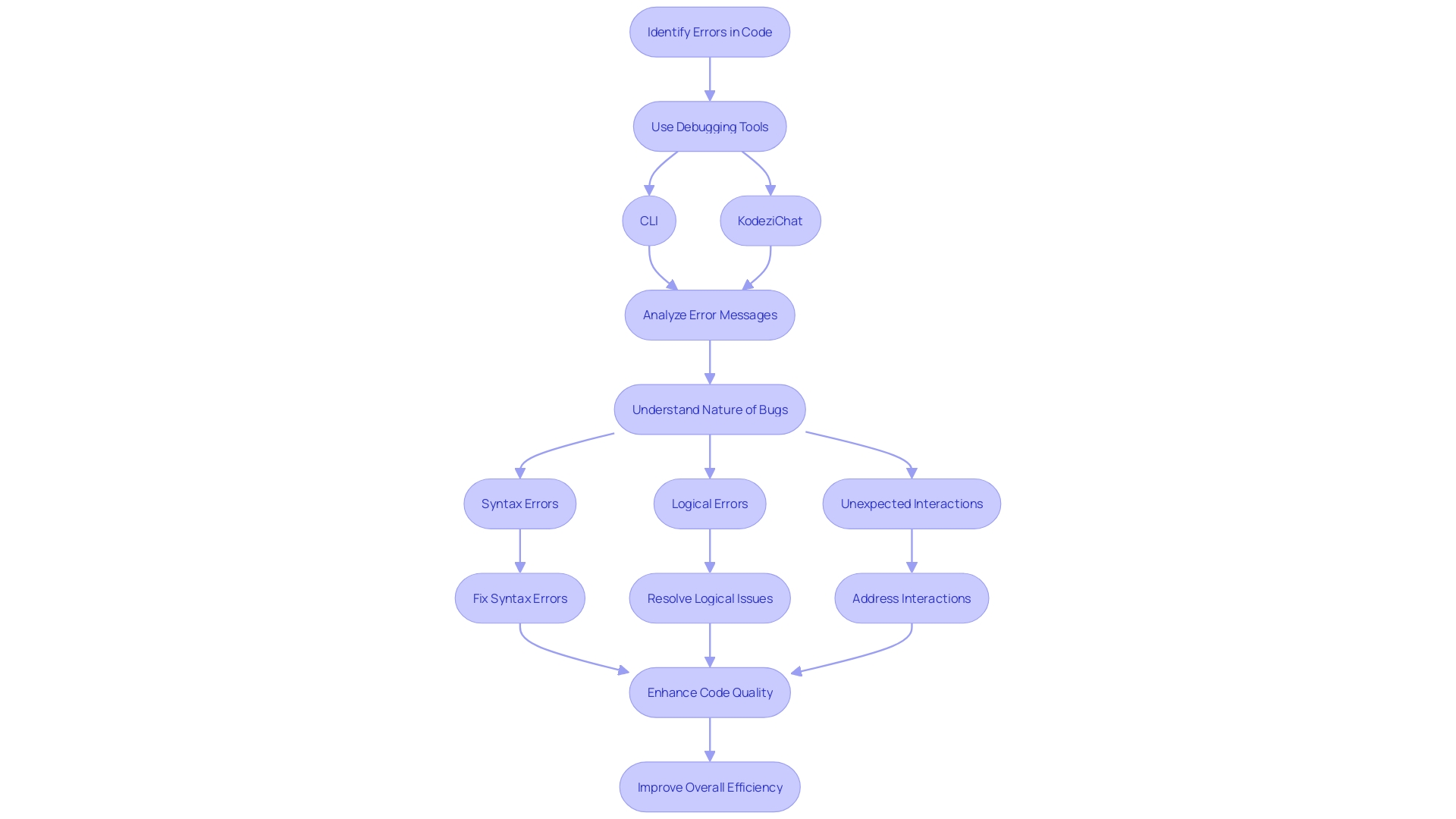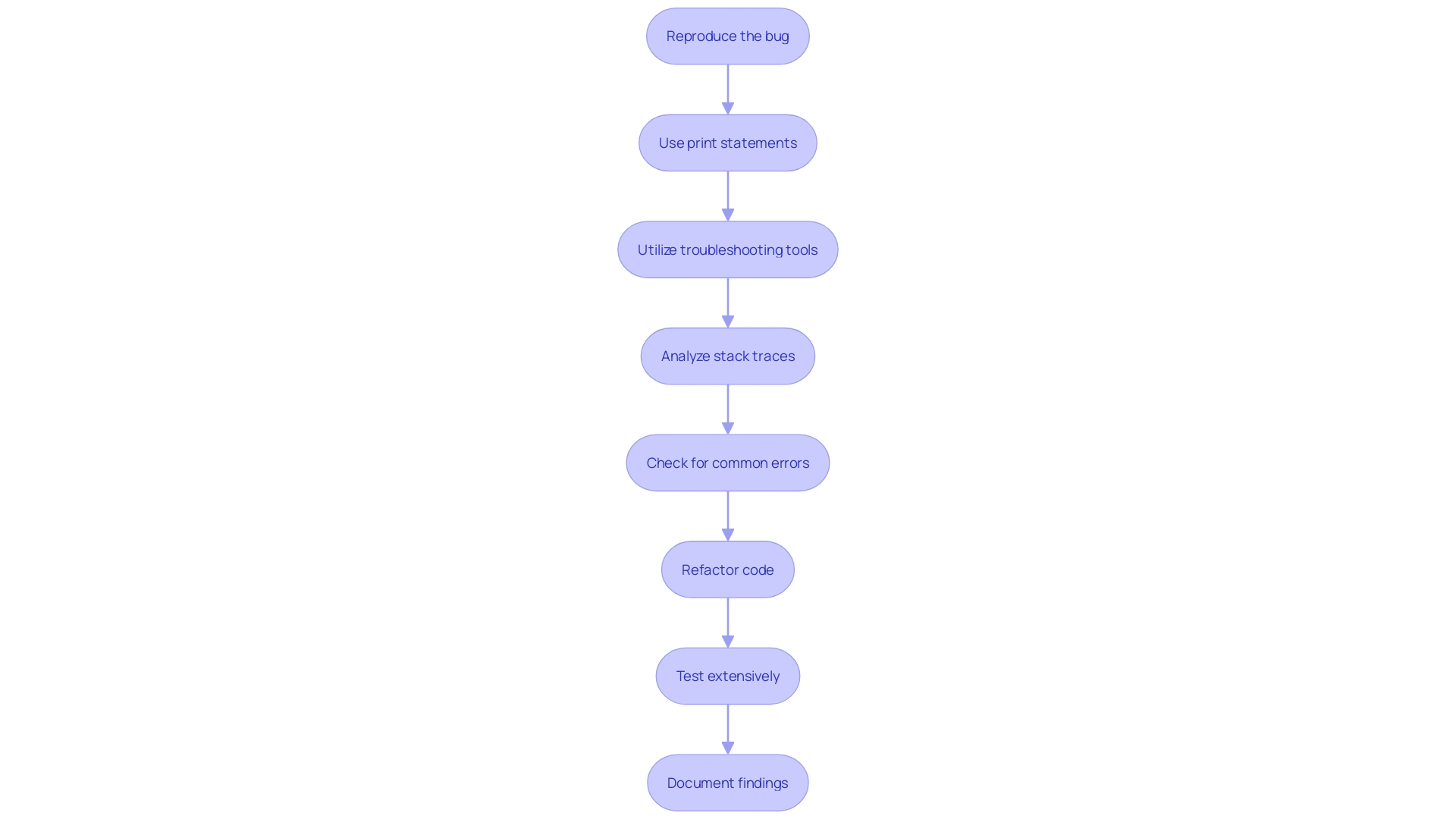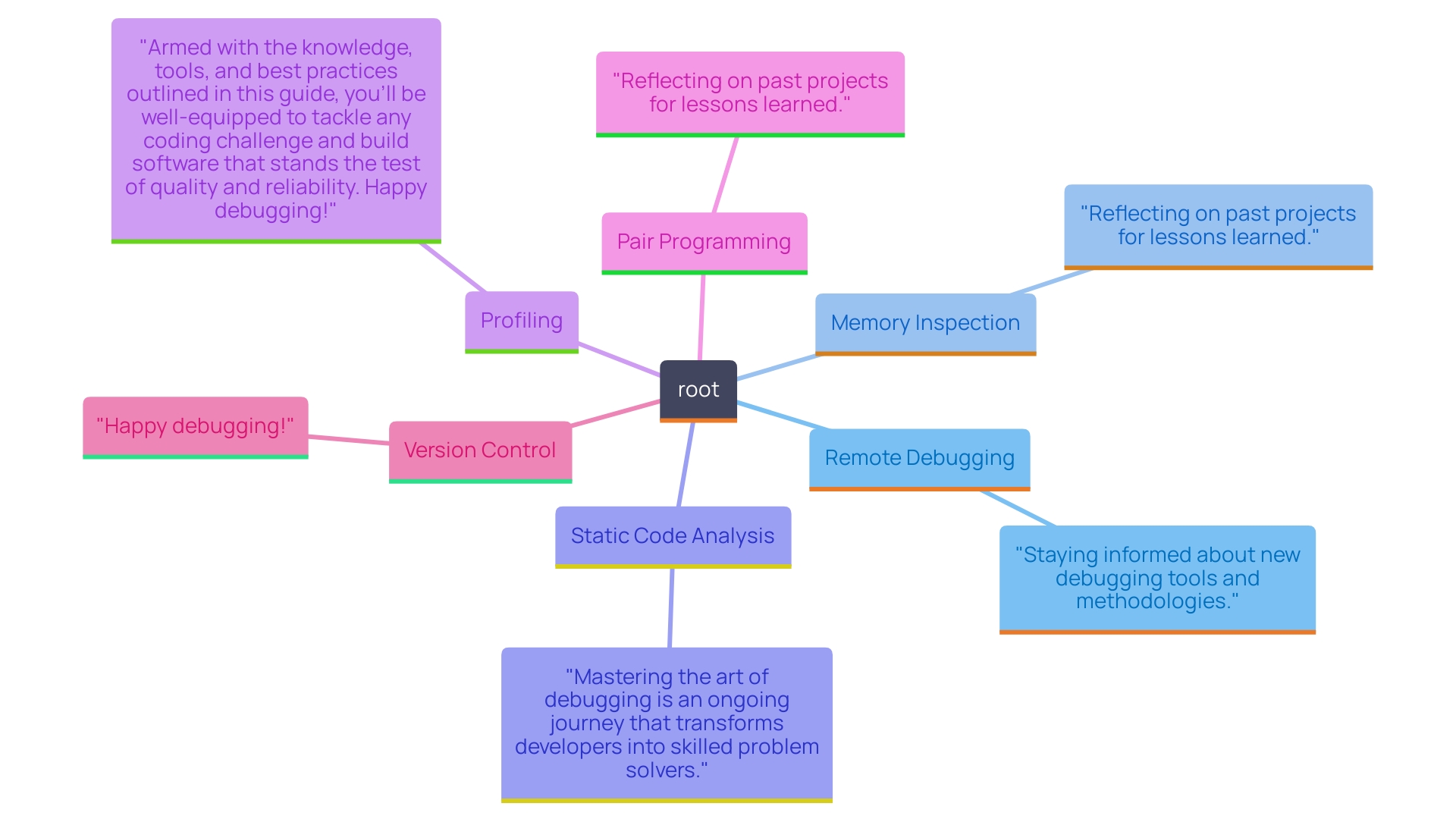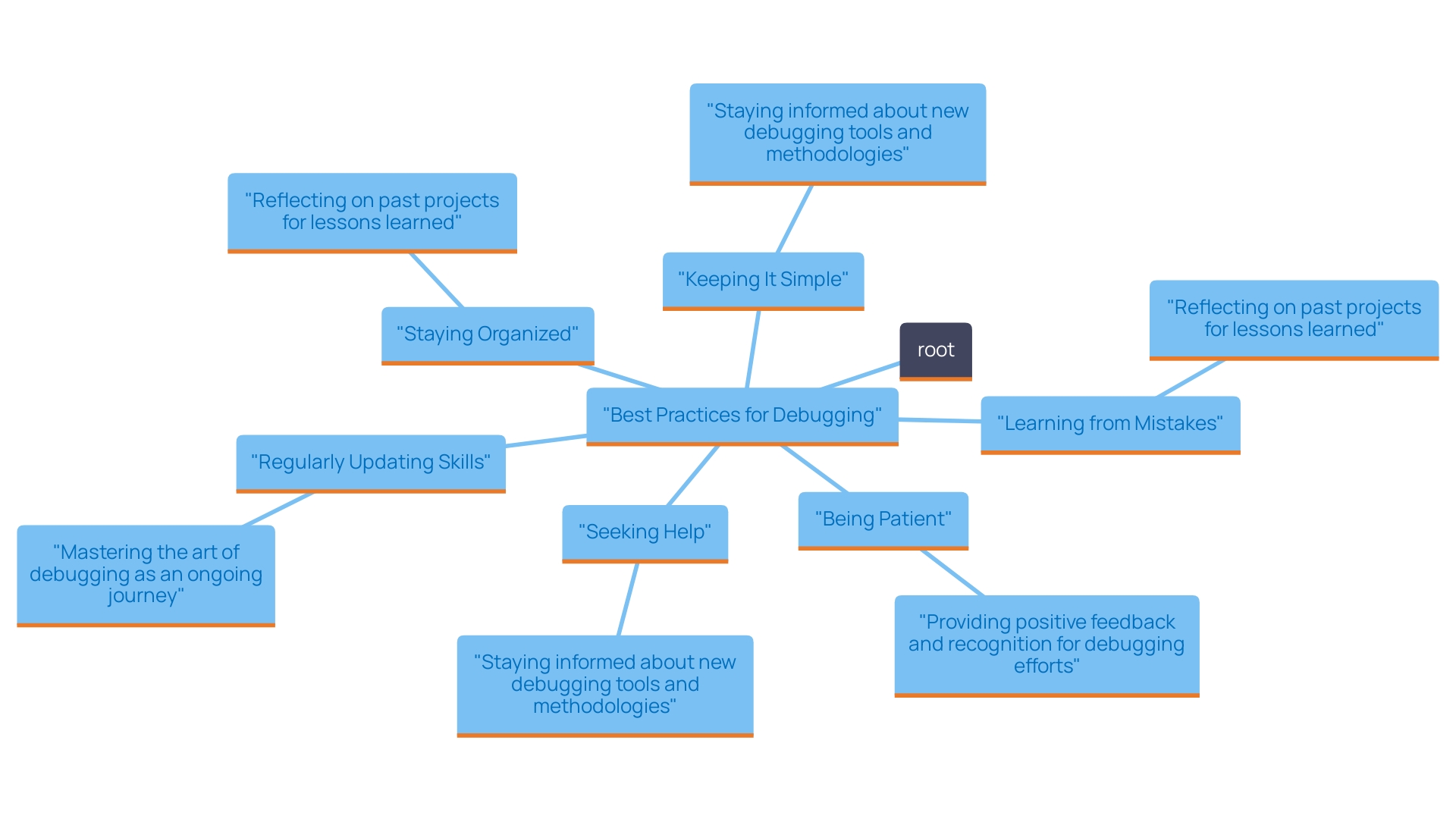Introduction
In the ever-evolving landscape of software development, debugging remains a critical skill that can make or break a project. As coding practices advance, so too do the tools designed to streamline the debugging process. Enter Kodezi, a revolutionary platform that transforms the way developers approach code errors.
By harnessing the power of automated solutions and AI-driven support, Kodezi not only helps identify and resolve issues swiftly but also empowers teams to enhance their overall productivity. From practical steps to advanced techniques, this article delves into how Kodezi equips developers with the tools they need to debug efficiently, optimize performance, and ultimately deliver exceptional software experiences.
Understanding Debugging: Origins and Importance
Debugging, the process of identifying and resolving errors in software, has evolved significantly since its early days. While the term 'debugging' gained popularity in the 1940s with computer pioneer Grace Hopper's famous incident involving a moth, today's focus is on modern solutions that enhance code quality.
Tools such as CLI serve as independent solutions for B2B engineering teams, quickly enhancing codebases and resolving bugs before they reach production. By utilizing the platform's capabilities, developers can efficiently AutoHeal their codebases, significantly boosting productivity.
Additionally, KodeziChat provides an AI-driven platform for rapid resolution of coding questions and challenges, making the debugging process even more efficient. By employing resources such as similar software, developers can reduce the time spent on resolving problems and improve overall efficiency, ultimately providing an enhanced user experience.

Practical Steps for Effective Code Debugging
To debug your code effectively using Kodezi, follow these practical steps:
- Reproduce the Bug: Start by replicating the problem to understand its nature. This helps in identifying the conditions under which the bug occurs.
- Use Print Statements: Insert print statements in your code to track variable values and program flow, helping pinpoint where things go wrong.
- Utilize Troubleshooting Tools: Leverage Kodezi's automated troubleshooting feature to instantly identify and fix codebase issues, with detailed explanations of what went wrong and how it was resolved. Additionally, tools such as Visual Studio Debugger and Chrome Developer Tools provide features like breakpoints and step-through analysis.
- Analyze Stack Traces: When an error occurs, examine the stack trace for clues about the problem's source. Understanding where and why an error happened can guide your debugging efforts.
- Check for Common Errors: Look for common issues such as syntax errors, off-by-one errors, or incorrect variable types, which are often the root causes of bugs.
- Refactor: If a specific segment of programming is consistently problematic, consider refactoring it to simplify logic and enhance readability. Cleaner code is less prone to errors.
- Test Extensively: After making changes, run tests to ensure that the bug is resolved and that no new issues have been introduced.
- Document Findings: Keep a log of bugs discovered and how they were fixed. This documentation can be invaluable for future troubleshooting efforts and enhancing coding practices.
By following these steps and utilizing its features, you can improve your error-checking process, optimize performance, ensure security compliance, and ultimately achieve more efficient development.

Advanced Debugging Techniques
Beyond the basics, consider these advanced debugging techniques to further enhance your skills while leveraging Kodezi's automated debugging capabilities:
- Remote Debugging: Utilize remote debugging tools to troubleshoot applications running on different machines, particularly beneficial for web applications hosted on servers.
- Memory Inspection: Take advantage of the built-in memory inspection features to identify memory leaks or buffer overflows, common pitfalls in languages like C and C++. This ensures your application runs smoothly and efficiently.
- Static Code Analysis: Implement static analysis tools (e.g., ESLint for JavaScript) to catch potential issues before runtime. These tools examine programs without executing them, identifying errors and poor practices early in development, thereby enhancing quality.
- Profiling: Utilize the profiling tools to monitor application performance and pinpoint bottlenecks. Understanding where your code spends the most time allows you to optimize those areas effectively, enhancing overall performance.
- Pair Programming: Collaborate with another developer using the platform's integrated collaboration features to debug. Fresh eyes can often spot issues that the original developer may overlook, leading to quicker resolutions.
- Version Control: Utilize the version control integration to track changes and revert to prior states if a new bug is introduced. This aids in isolating changes that caused issues, streamlining the troubleshooting process.
By combining these techniques with Kodezi's features, you can significantly improve your troubleshooting efficiency and optimize your codebase for better performance and security.

Best Practices for Debugging
To maximize your debugging effectiveness, adhere to these best practices:
- Stay Organized: Keep your debugging process systematic. Document steps and findings to avoid confusion and repeat efforts.
- Keep It Simple: Simplify your programming when possible. Complicated code is harder to debug, and its user-friendly features can assist in this process. As Ansgar, a Software Engineer, noted, "I love what this platform is doing with debugging, feels like I just unlocked a new superpower!"
- Be Patient: Debugging can be challenging and time-consuming. Take breaks when necessary to maintain focus and avoid frustration. As many users have discovered, this tool helps streamline this process, making it feel less overwhelming.
- Learn from Mistakes: Analyze bugs to understand their root causes and prevent similar problems in the future. The platform empowers users to resolve issues rapidly, enhancing learning opportunities.
- Seek Help: Don’t hesitate to ask colleagues or engage with online communities when stuck. A fresh perspective can lead to solutions. With KodeziChat, you can get answers to coding questions in seconds, facilitating faster resolutions.
- Regularly Update Skills: Stay informed about new troubleshooting tools and techniques as technology evolves. Ongoing education is crucial for sustaining effectiveness in coding, and this platform stays at the forefront, providing tools such as CLI for auto-healing codebases and enhancing overall programming productivity.
By implementing these practices and leveraging Kodezi's powerful features, you can enhance your debugging efficiency and ultimately become a more effective programmer.

Conclusion
Embracing Kodezi as a debugging solution empowers developers to navigate the complexities of software development with confidence and efficiency. The evolution of debugging, from its historical origins to the advanced techniques available today, highlights the necessity of modern tools in enhancing code quality. By leveraging Kodezi's automated features, developers can not only identify and resolve issues swiftly but also optimize their overall workflow, significantly increasing productivity.
Practical steps outlined in this article, such as reproducing bugs, utilizing debugging tools, and documenting findings, provide a structured approach to tackling code errors. Advanced techniques like remote debugging and memory inspection further enhance the debugging process, ensuring that applications run smoothly and efficiently. Adhering to best practices—staying organized, simplifying code, and continuously updating skills—creates a solid foundation for ongoing improvement in coding practices.
Ultimately, Kodezi stands out as a pivotal resource for developers seeking to enhance their debugging capabilities. By integrating its powerful features into everyday practices, teams can not only resolve issues more effectively but also deliver exceptional software experiences that meet the demands of users. The journey towards mastering debugging is now more accessible, paving the way for greater innovation and success in software development.
Frequently Asked Questions
What is debugging and how has it evolved?
Debugging is the process of identifying and resolving errors in software. It gained popularity in the 1940s, notably through Grace Hopper's incident involving a moth. Today, modern debugging focuses on solutions that enhance code quality and efficiency.
What tools are available for debugging in software development?
Tools like CLI provide independent solutions for B2B engineering teams to enhance codebases and resolve bugs. Additionally, KodeziChat offers an AI-driven platform for rapid resolution of coding questions, improving the efficiency of the debugging process.
What are the steps to effectively debug code using Kodezi?
The steps include: 1. Reproducing the bug to understand its nature. 2. Using print statements to track variable values and program flow. 3. Utilizing troubleshooting tools like Kodezi's automated feature. 4. Analyzing stack traces for clues about errors. 5. Checking for common errors such as syntax issues. 6. Refactoring problematic code segments for clarity. 7. Testing extensively after making changes. 8. Documenting findings for future reference.
What advanced debugging techniques can enhance debugging skills?
Advanced techniques include: 1. Remote debugging for applications on different machines. 2. Memory inspection to identify leaks or overflows. 3. Static code analysis to catch issues before runtime. 4. Profiling to monitor application performance. 5. Pair programming for collaborative debugging. 6. Using version control to track changes and revert if needed.
What best practices should be followed for effective debugging?
Best practices include: 1. Staying organized and documenting the debugging process. 2. Keeping code simple to facilitate easier debugging. 3. Being patient and taking breaks when needed. 4. Learning from mistakes to prevent future issues. 5. Seeking help from colleagues or online communities. 6. Regularly updating skills and staying informed about new tools and techniques.




